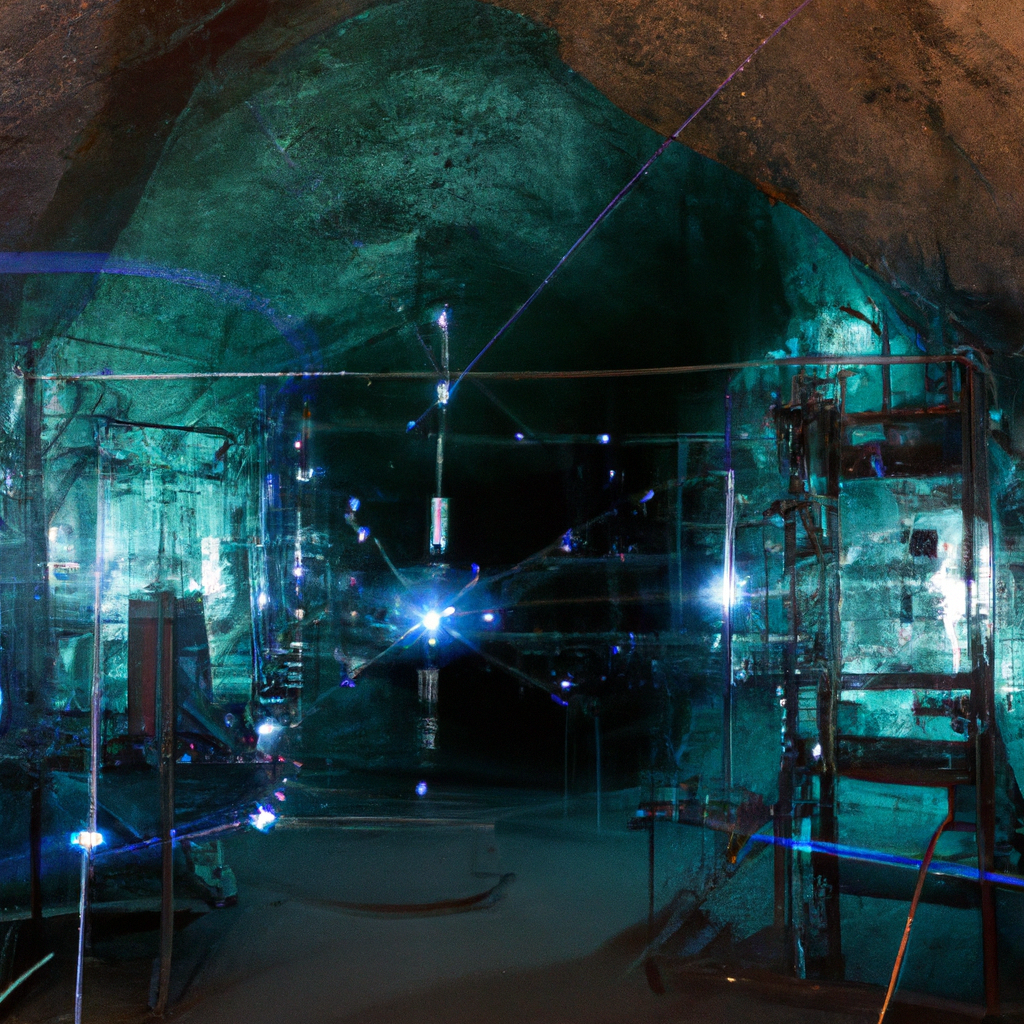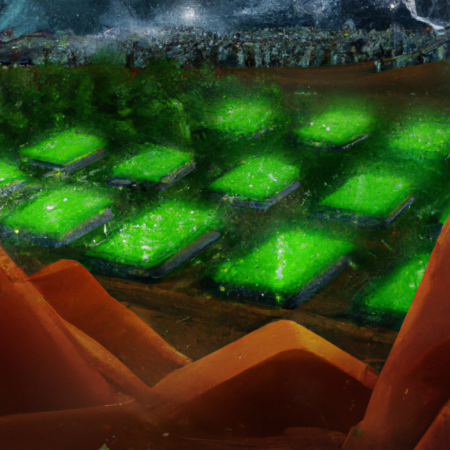Unlocking the Secrets of Dark Matter: The Next Frontier in Space Exploration
As we step into the second quarter of 2025, the mysteries of dark matter continue to perplex and fascinate scientists around the globe. This elusive substance, which does not emit, absorb, or reflect light, makes up approximately 27% of the universe. Despite its invisibility, dark matter’s gravitational effects are profound, influencing the structure and behavior of galaxies.
Recent advancements in space technology have opened new avenues for exploring this enigmatic component of our universe. Innovative satellite missions and ground-based observatories are now equipped with sensors specifically designed to detect signals indirectly related to dark matter.
One of the most promising technologies in this field is the use of xenon detectors. These detectors, buried deep underground in old mines or caves, shield from cosmic rays and other background radiation, are sensitive enough to potentially pick up the faint interactions expected from dark matter particles. The 2025 updates from the Lux-Zeplin (LZ) experiment, for instance, have brought us closer than ever to detecting these weakly interacting massive particles (WIMPs).
The theoretical implications of dark matter are equally fascinating. Scientists hypothesize that understanding dark matter could not only reveal new physics beyond the Standard Model but also provide insights into the fate of the universe. Will it keep expanding? Or will it eventually collapse?
This blog post delves deep into the cutting-edge research and technological breakthroughs that are shaping our understanding of dark matter and its role in the cosmic tapestry. Join us as we explore the frontiers of space and uncover the secrets that have puzzled astronomers for decades.






